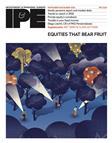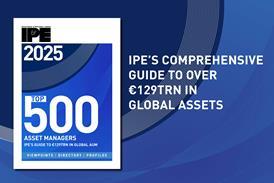Dutch funds see funding ratios rise in Q1 despite negative returns

Dutch pension funds felt the effects of Donald Trump’s trade war in the first three months of the year as interest rates rose and assets fell
You have now reached your article limit
Already a registered user or member? Sign in here
To continue reading, register free today for access
Registration also includes access to

Five reasons to register today
- Access to IPE articles from our award-winning editorial team
- Unique IPE market data, rankings and tables
- In-depth interviews with pension fund leaders
- Extensive coverage of latest asset class trends
- Comprehensive archive of data, research and intelligence









